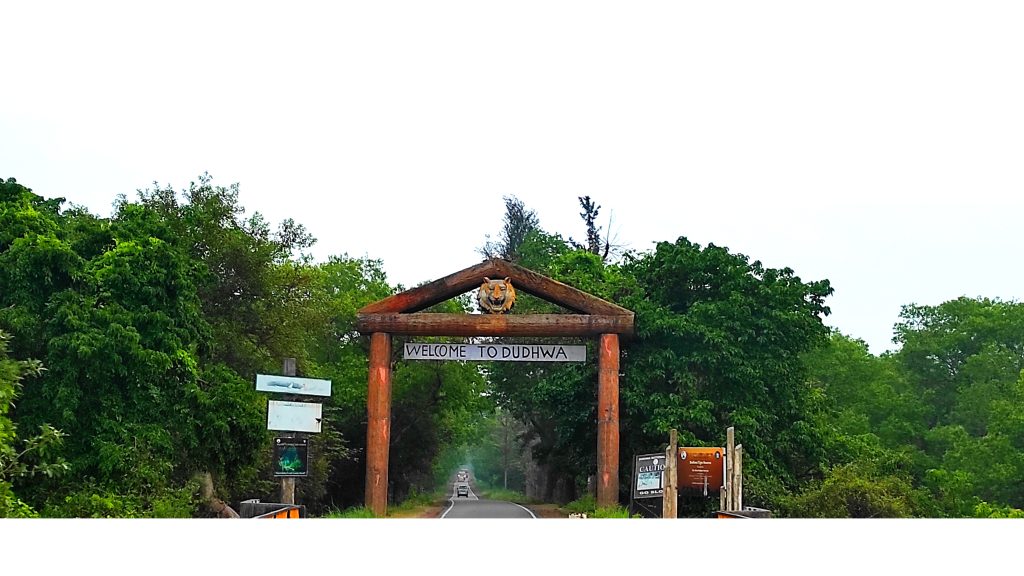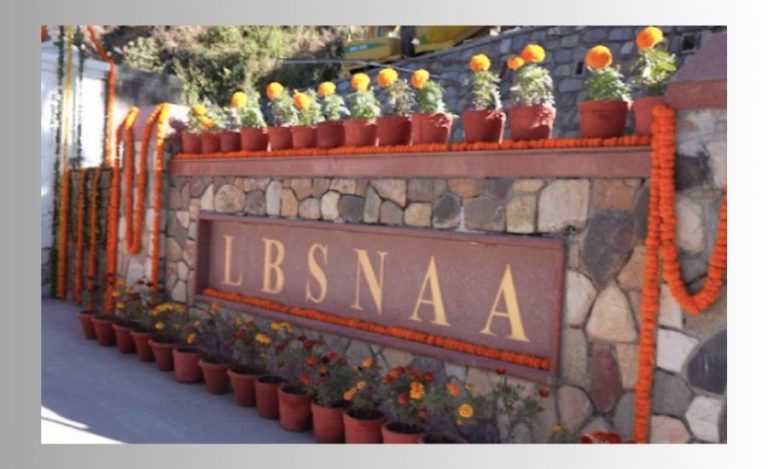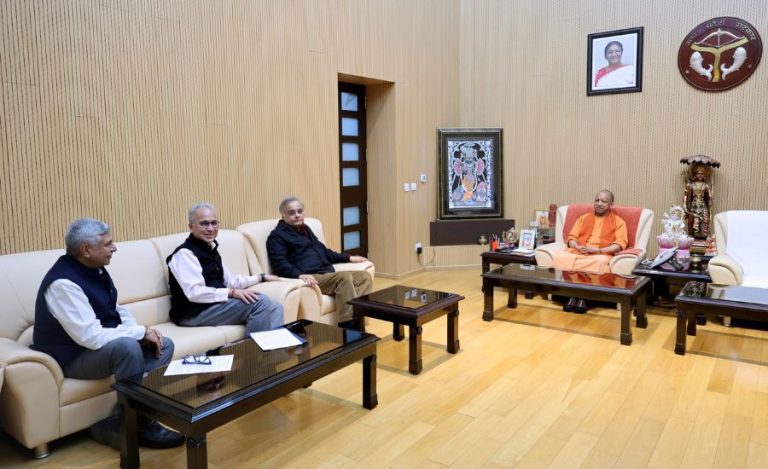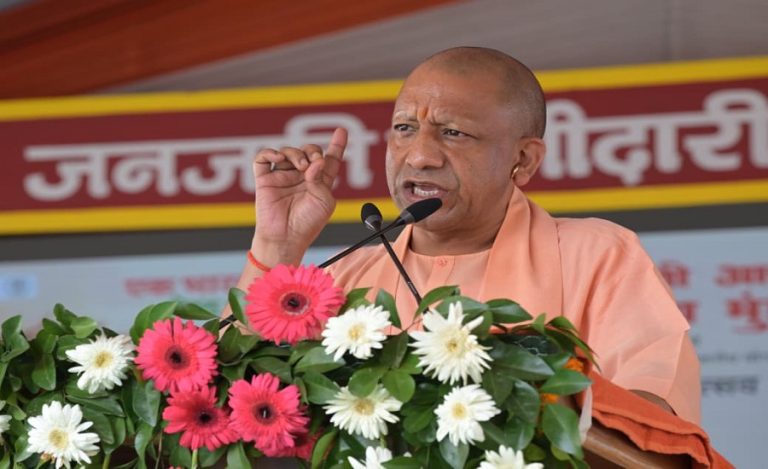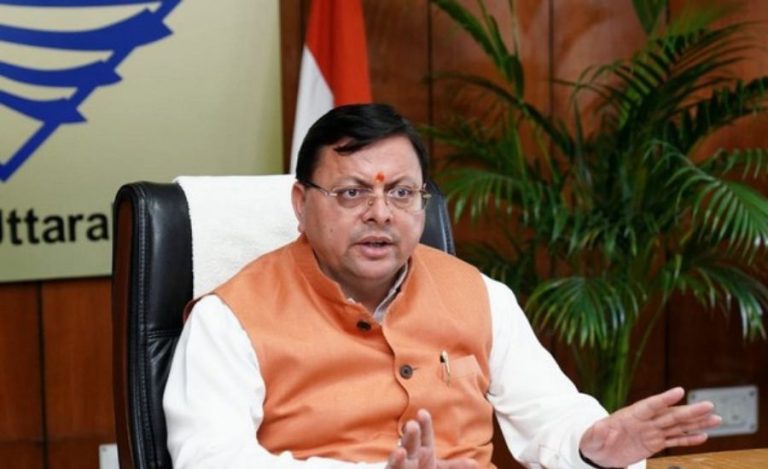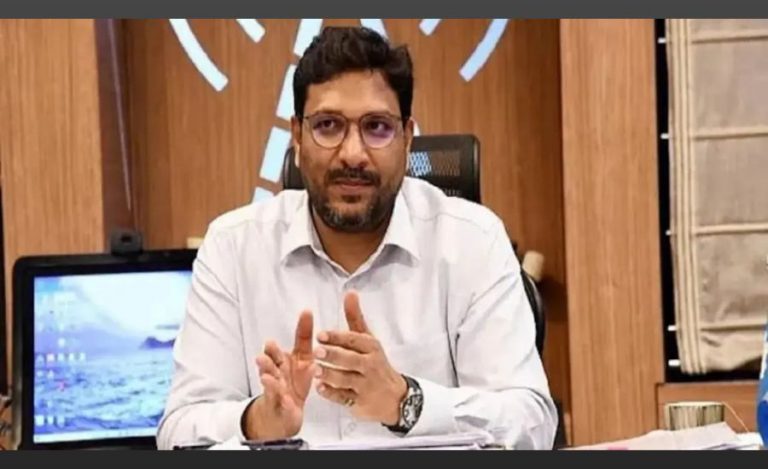Dense forest and ample water bodies make the three sanctuaries — Dudhwa National Park, Kishanpur Wildlife Sanctuary, and Katerniaghat Wildlife Sanctuary — within the DudhwaTiger Reserve, a haven for wildlife.
This protected area in the Terai region of Uttar Pradesh is known for its rich and beautiful grasslands and plenty of animal species. The wide alluvial plain along the tributaries of the Mohana and Suheli rivers is dotted with numerous rivulets, lakes, and pools.
Dudhwa, home to some of the greatest Sal tree forests in the world, is still a virtually unexplored paradise for nature lovers, animal aficionados, and bird watchers. Indian Masterminds spoke to the Field Director of Dudhwa TR, IFS B Prabhakar, who shared his insights on grasslands and how technology is a key facilitator.
GRASSLAND PARADISE
The National Park is entirely devoted to the Terai ecology preservation. Grassland regions, which are under threat owing to rapid urbanisation, are extensively safeguarded here. The marshland is a secure habitat for several animals, including the swamp deer. Dudhwa’s dry tall riverine grassland is one of the few remaining sites for the critically endangered Bengal Florican.
“Every year, we choose a certain region and maintain the grassland to expand the herbivore population. We burn the grasslands properly because they serve as a haven for both herbivores and predators,” Mr. Prabhakar shared.
The officer explained that habitats take care of themselves and protection does not always imply interfering.
TRACKING REALTIME
Dudhwa NP will be guarded by an advanced trail guard system in collaboration with National Tiger Conservation Authority (NTCA) to monitor animals and check poaching activities.
Remote Transmitter Receiver (RTR) cameras have been deployed here on a trial-training basis. The photographs are taken without flash, using these real-time cameras as soon as the animal appears and the officials get them within three minutes.
Once RTR cameras get approval, they will improve forest security further. Soon it will be implemented with the help of NTCA.
The forest department is also utilising the help of some private entities for technological support and related data-gathering. The Habitats Trust is one such organisation which has lent it’s services to the forest department for conserving the threatened grassland and endangered species.
Anup Bokkasa who is the lead of on-ground initiatives at The Habitats Trust while talking to Indian Masterminds said, “The Habitats Trust is a wildlife conservation organization working to make technology accessible to practitioners of conservation such as the forest department and NGOs. At Dudhwa Tiger Reserve, The Habitats Trust has helped with providing mobility infrastructure, anti-conflict devices, use of the latest technology to assess the motivational levels of staff among others.”
He further added, “We hope to continue using technology to study and conserve the threatened grasslands and endangered species such as the Bengal florican.”
HUMAN TOUCH
Though advanced, technology is yet to replace humans altogether. According to Mr. Prabhakar, in a man-animal conflict, human intervention is eventually required. “We haven’t reached the point where technology can solve problems on its own; it’s still just a tool, in my opinion,” he added.
Although techs like patrolling app are helping maintain records digitally by the forest frontline staffs, the officer informed that NTCA insists on keeping a hard copy always as well.
Technology has also aided the forest department in pinpointing specific sites for forest fire suppression. Now they receive satellite confirmation of a fire outbreak within hours and are able to deal with it.

